Apple Studio Display tested — is the camera that bad?
See how well Apple's Studio Display camera performs in 3 popular video chat apps
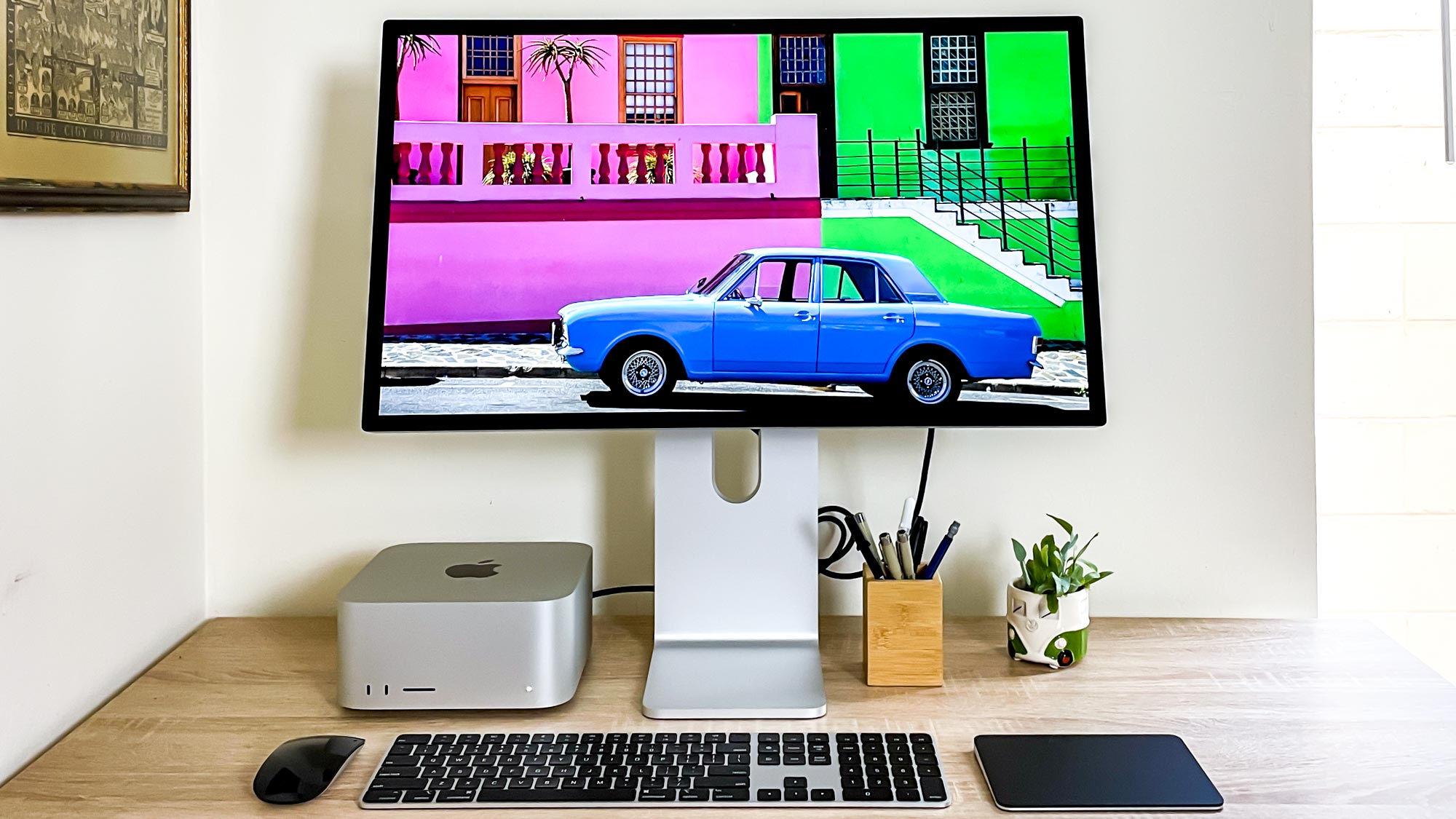
Editors' Note: Apple has released the promised Apple Studio Display firmware update, and we've had the chance to test it. Jump to our latest Apple Studio Display image quality test results.
The Apple Studio Display launched last Friday (March 19) alongside the Mac Studio, and while reviews are generally positive (ours included), many reviewers have criticized the monitor's built-in webcam.
Specifically, the 12MP ultrawide camera built into the top bezel of the Display is taking heat for capturing images that look blurry, washed-out, or too smooth in ways that some users find deeply off-putting. These complaints are common enough that Apple has said there's an Apple Studio Display camera update in the works to address to them, though we don't yet know when to expect it.
The topic is of special interest to me because I wrote our Apple Studio Display review and actually praised the camera, as I felt the quality of images and video it captured was great for a webcam. I also like the fact that it supports Center Stage, though the feature seems less useful on a deskbound monitor than it can be on a portable device like the iPad Air (2022).
While I'm not alone in liking the Studio Display's camera, the fact that so many reviewers felt differently prompted us to do some follow-up testing in order to better understand how the Studio Display's camera performs in different lighting conditions and in different video chat apps (with all image enhancement features switched off, of course). In my hands-on time with the Studio Display I felt that I often looked a bit sharper in Google Meet than in FaceTime, for example, so I asked our Head of Testing Matthew Murray to shoot some comparison shots in his testing lab while he was putting the Display through our suite of display tests.
Since we also have the new iPad Air (2022) on hand, we decided to shoot the same photos using its 12MP ultrawide front-facing camera and compare the two side-by-side. The two have nearly identical front-facing cameras (12MP ultrawide with 122° field of view, ƒ/2.4 aperture), so we expected there to be little difference between the two. However, software makes a big difference when it comes to these cameras since the onboard Apple silicon (A13 Bionic in the Display, M1 in the iPad Air) does image processing, so these shots may help us better understand that difference.
Also, these comparison shots will give you a good idea of how the Studio Display's camera performs and how it makes you look in different lighting conditions and videoconferencing apps. Note that we used the macOS versions of these apps running on the Mac Studio for the Studio Display shots, while the iPad is of course running the iPadOS versions.
Get instant access to breaking news, the hottest reviews, great deals and helpful tips.
Apple Studio Display vs iPad Air: FaceTime
Let's start with some test photos shot in Apple's FaceTime app for Mac and iPadOS. Matthew was kind enough to shoot shoot multiple photos with both the blinds open and blinds closed, so you can see how the camera performs with and without natural light.

Apple Studio Display: FaceTime (blinds open)
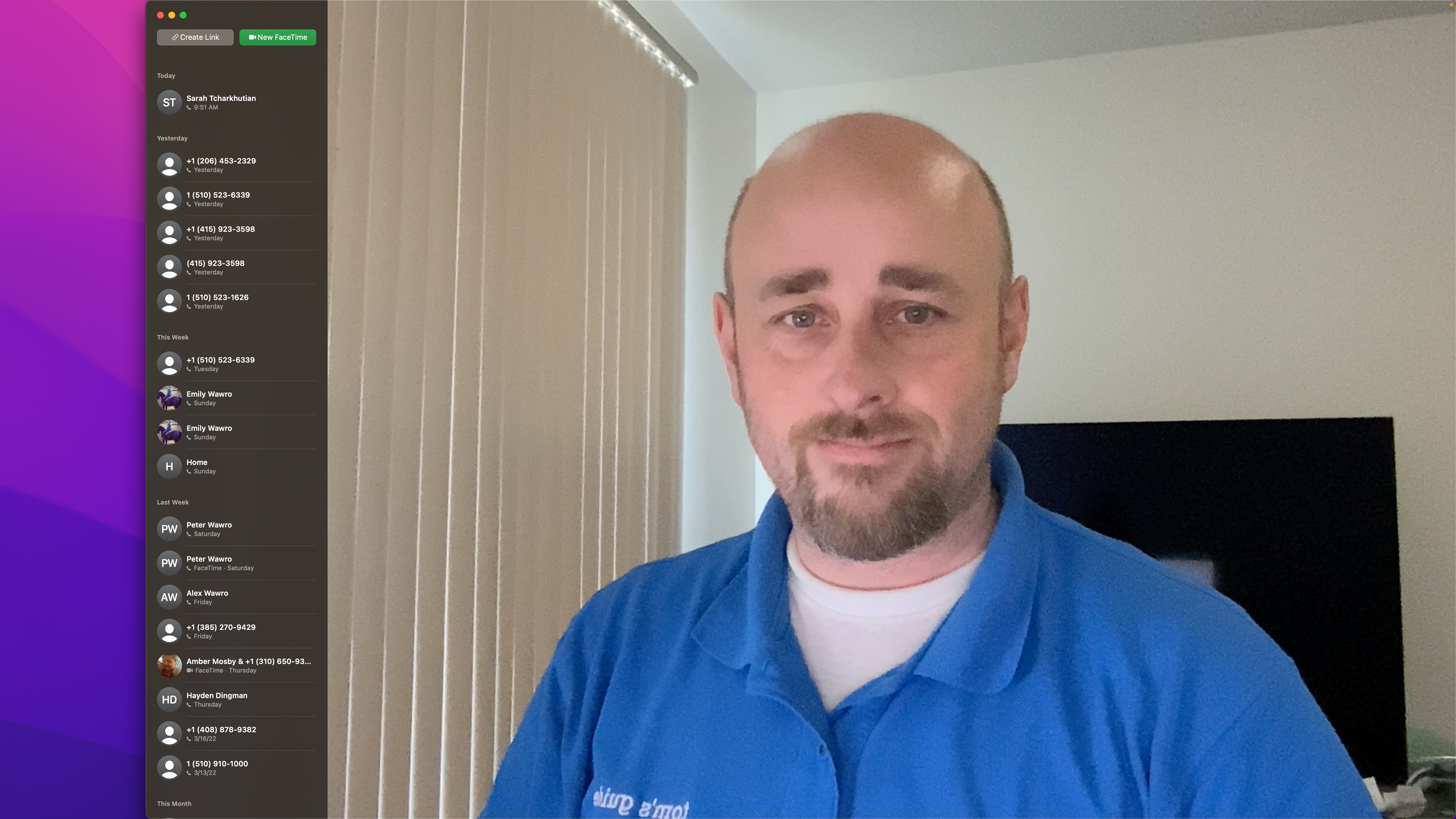
Apple Studio Display: FaceTime (blinds closed)
As you can see, the image with the blinds closed seems to have markedly less detail than the one with blinds open, especially around the face and head. This is the kind of washed-out, blurry look that people have been complaining about. I like the way Matthew looks here with the blinds open, but if you click the zoom button in the lower-right corner of the image, the noise in the image becomes easier to see.
Now let's have a look at what the iPad's camera was able to capture under the same conditions:

iPad Air (2022): FaceTime (blinds open)

iPad Air (2022): FaceTime (blinds closed)
What do you think? To my eyes the iPad Air (2022) appears to capture slightly worse images overall in FaceTime vs the Studio Display, but it appears to have more consistent image quality between natural light and artificial light.
Apple Studio Display vs iPad Air: Google Meet
Next Matthew captured a similar series of screenshots showing the image quality captured by these two cameras in Google Meet.
During my testing of the Display I felt pretty good about how I looked on-camera during Google Meet calls, so I was especially intrigued to see how Matthew's shots turned out here, as he has a different lighting arrangement than I do. My desk faces a window so I was directly lit by sunlight during calls, whereas he was lit from the side.
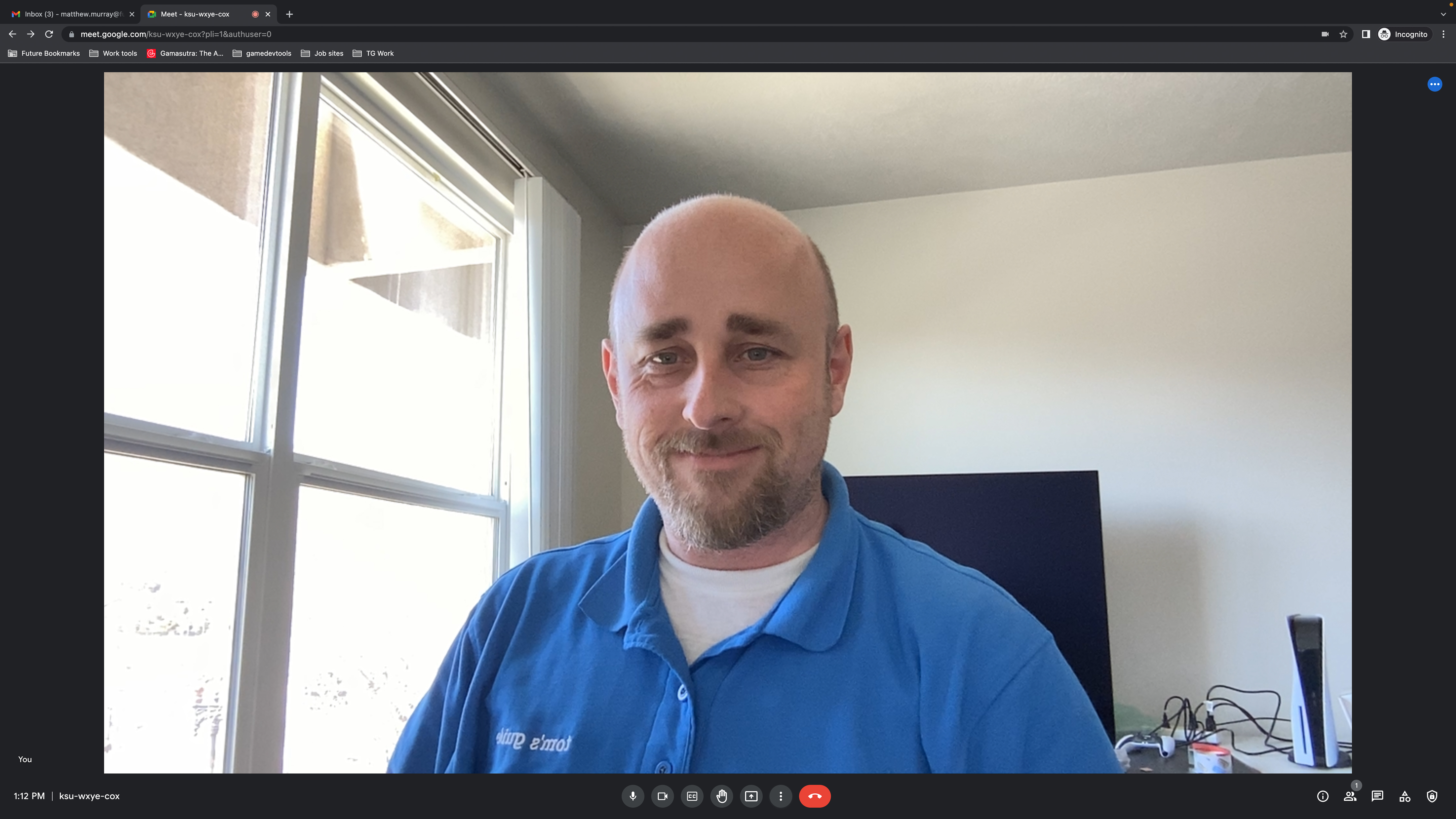
Apple Studio Display: Google Meet (blinds open)

Apple Studio Display: Google Meet (blinds closed)
Do you think he looks better in Google Meet than in FaceTime? I think I do. I definitely think he looks better in natural light, as under artificial light the Studio Display's camera again captures an image that looks blurry and, for lack of a better word, plasticky. If this is the A13 Bionic's processing at work, a software update can't come soon enough.
Now here's the iPad Air running Google Meet:
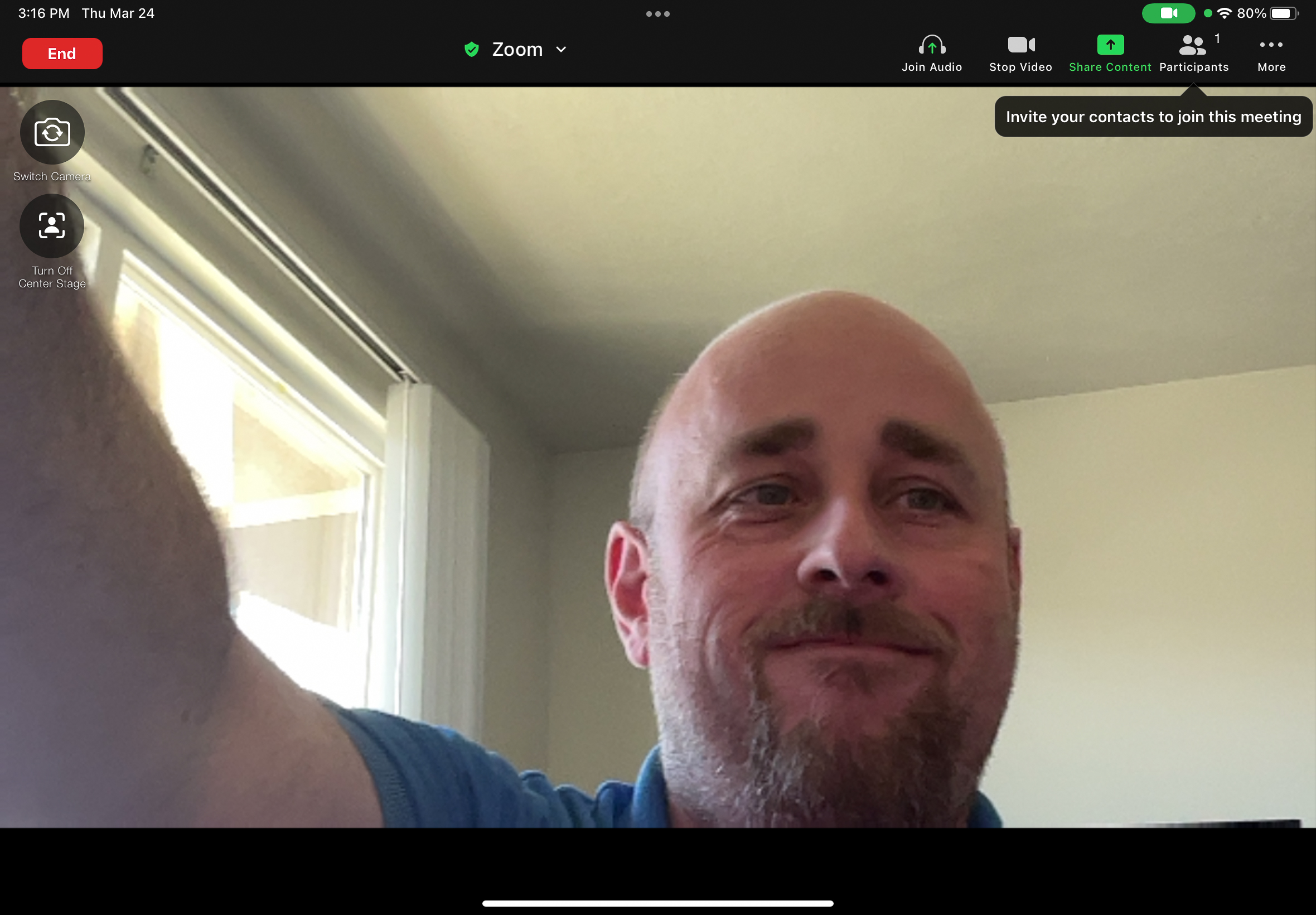
iPad Air (2022): Google Meet (blinds open)
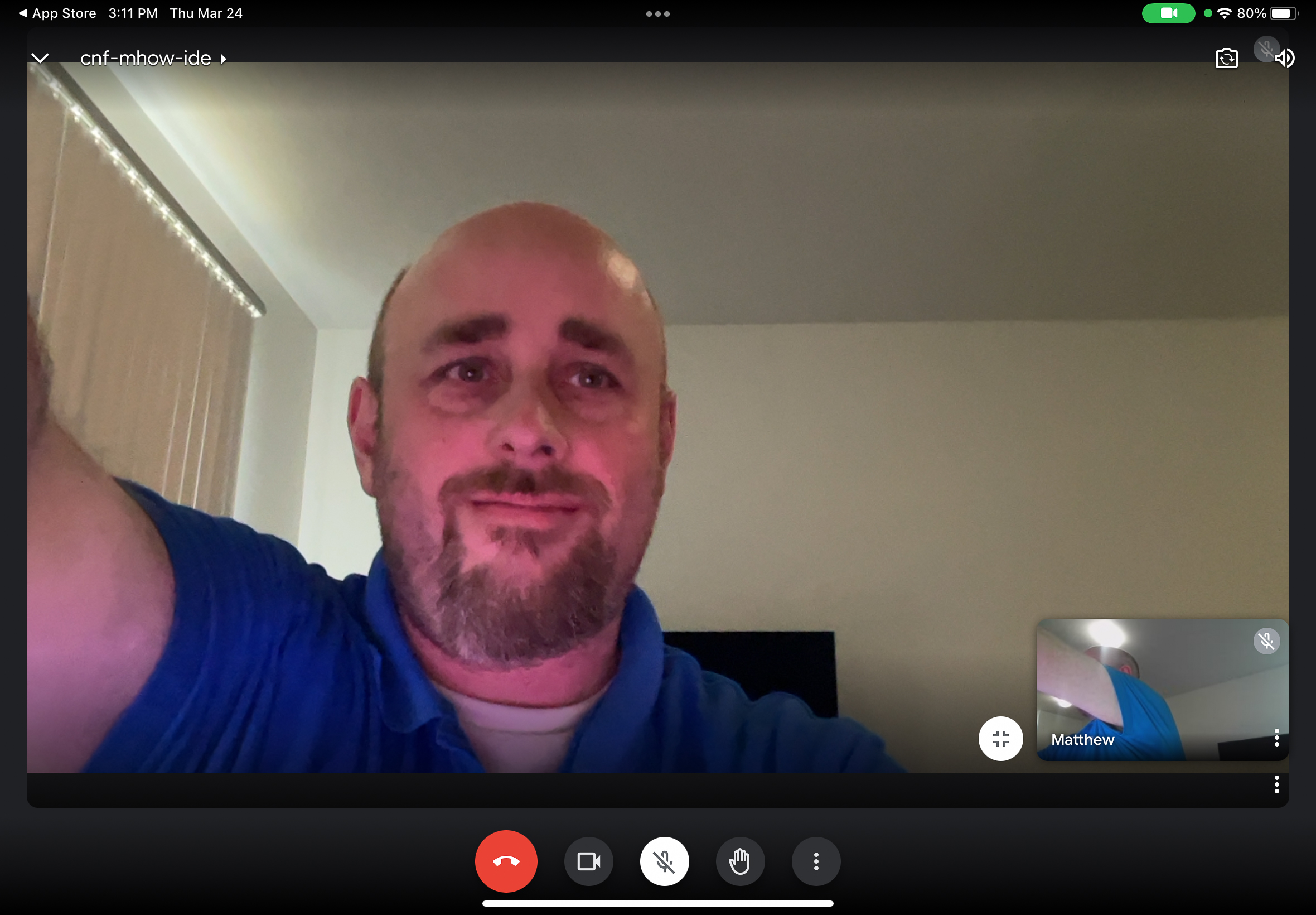
iPad Air (2022): Google Meet (blinds closed)
Again, image quality appears quite similar between the two cameras. I think Matthew actually looks slightly better on the iPad Air (2022) camera with the blinds open, though that may be because he happens to be closer to the lens in these shots (a consequence of having to hold the iPad in order to capture screenshots).
Apple Studio Display vs iPad Air: Zoom
Lastly, we shot the same series of photos in Zoom.
There's a special caveat to these photos: Due to the fact that we were testing over two days, the quality of light is different in some of these shots. Specifically, we captured the Display's Zoom screenshots in the morning, whereas all the other photos in this article are from around mid-afternoon.
I think that's useful to show because it gives you an even better sense of how the image quality can change based on time of day, but keep in mind that the Studio Display shots in Zoom were taken in much brighter morning sunlight, whereas the iPad Air (2022) Zoom shots were captured in the afternoon.

Apple Studio Display: Zoom (blinds open)

Apple Studio Display: Zoom (blinds closed)
As you can see there's brighter morning light coming in from the window here, and I have an easier time appreciating the fine details of the shot. However, as soon as the light goes away Matthew's face once again gets washed out and fuzzy.
And on the iPad?
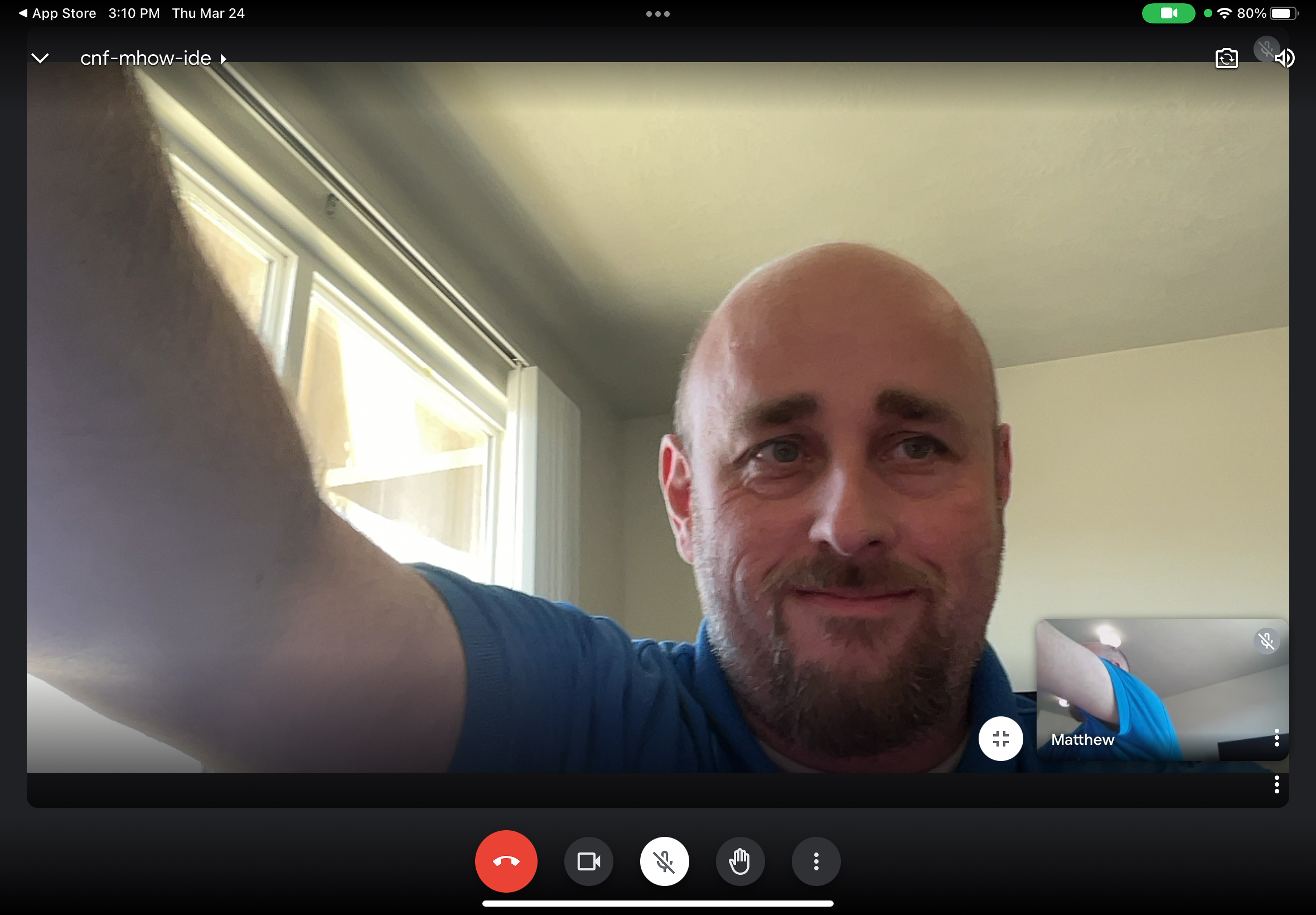
iPad Air (2022): Zoom (blinds open)
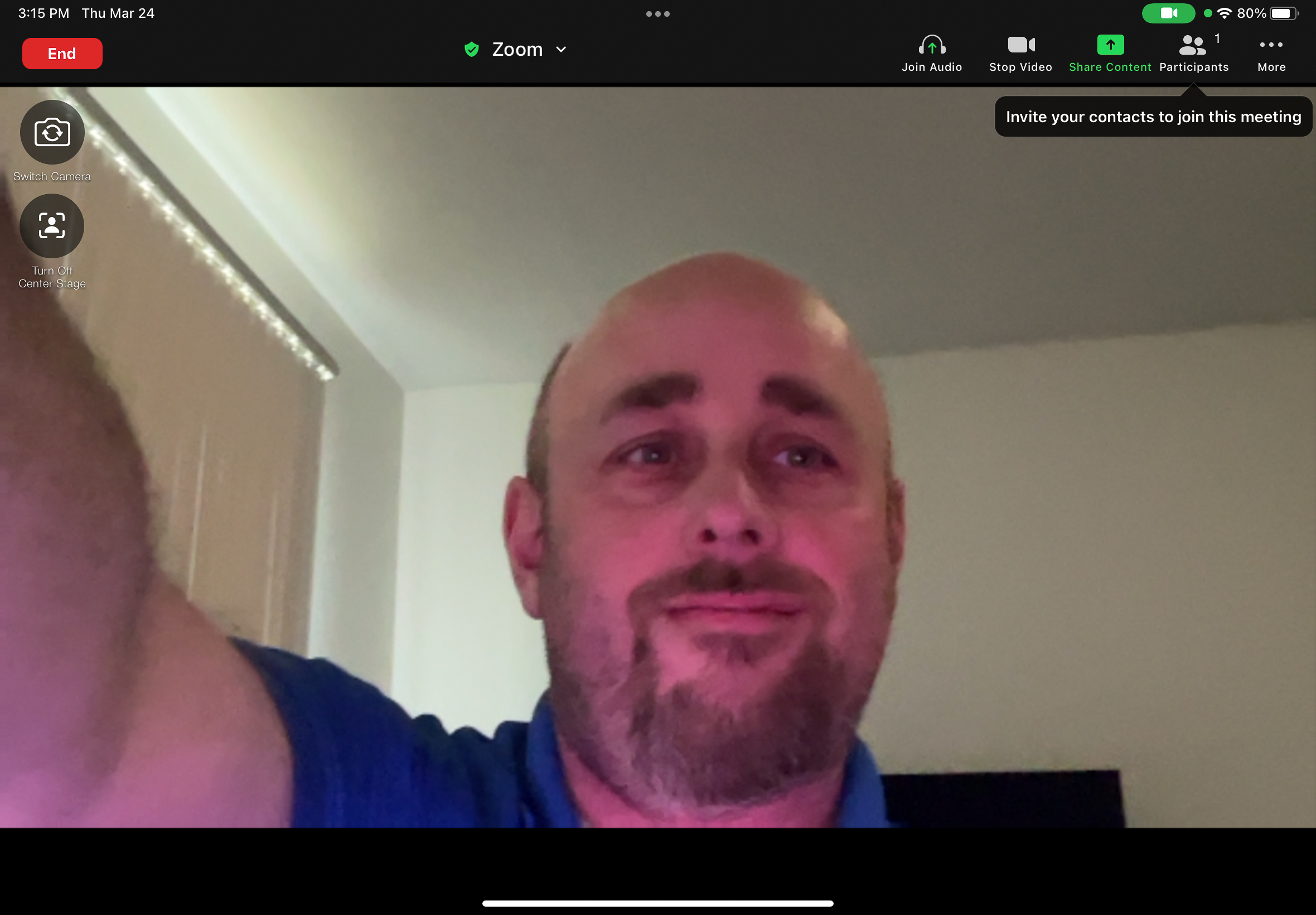
iPad Air (2022): Zoom (blinds closed)
I'm starting to see a pattern here: In the absence of good lighting, neither camera seems to capture very good images. I think the front-facing camera on the iPad Air (2022) delivers slightly worse image quality in Zoom under artificial light than the Studio Display's camera does, but overall it's clear that neither device's camera does well under these conditions.
Verdict
So is the Apple Studio Display's camera really that bad? It depends on your expectations, but based on even our quick testing it's clear that yes, it really is significantly worse without good lighting. Even with good natural lighting, there's a visible amount of noise in images captured by the Studio Display that may be off-putting for folks who prize image quality.
However, it's important to remember that this is functionally an Apple mobile camera that's being repurposed as an integrated webcam. It may seem ridiculous that this $1,499 monitor doesn't come with the best camera Apple makes, but recall that the Studio Display also packs a great (for a monitor) six-speaker sound system, a 27-inch 5K display and an onboard A13 Bionic chip that helps drive features like Center Stage and Siri.
In short, it's a package of repurposed Apple hardware that really only shines when hooked up to a Mac. For Windows users, it's just an overly expensive 5K display. The webcam is on par with the cameras you'll find in mobile devices like iPads and laptops, and in fact I think it's better than the lion's share of laptop webcams I've tested. But of course, that's not saying much—laptop webcams are generally bad, and we're only just now starting to see premium laptop makers ditching 720p in favor of including 1080p webcams in their new devices.
So while I still believe the Studio Display is one of the best monitors for MacBook Pro users who want an external display, those who want to look their best on video calls would be wise to invest in one of the best webcams on the market.

Alex Wawro is a lifelong tech and games enthusiast with more than a decade of experience covering both for outlets like Game Developer, Black Hat, and PC World magazine. A lifelong PC builder, he currently serves as a senior editor at Tom's Guide covering all things computing, from laptops and desktops to keyboards and mice.
